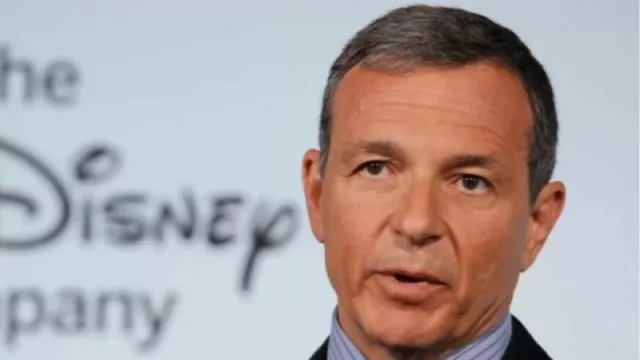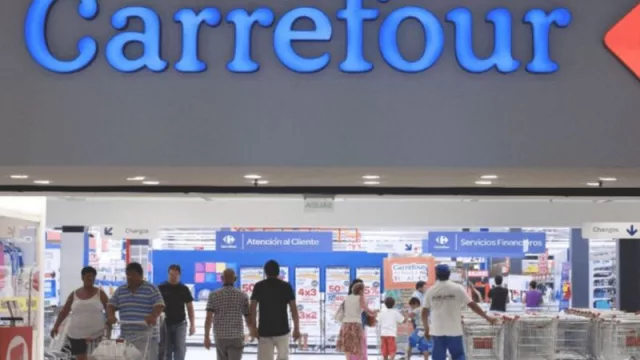Summary and Key Insights
The return of former CEOs like Bob Iger and Howard Schultz underscores a growing trend in the corporate world: the pursuit of stability and continuity during turbulent times. As companies navigate a landscape rife with financial challenges and internal conflicts, the prior experience and knowledge of these leaders can be pivotal for recovery. However, it's equally crucial for them not to get mired in the past but to adapt their strategies to a world that continues to change at a rapid pace.
-
Disney has brought back Bob Iger as CEO amid significant financial and political challenges.
-
Starbucks has also turned to Howard Schultz in the face of economic difficulties.
-
Familiarity with previous leadership can provide stability in times of crisis.
Highlighted Tips:
-
Know the Context: Understanding why companies opt for former leaders can offer valuable insights into corporate management.
-
Learn from Mistakes: Analyzing the missteps and successes of former CEOs can be crucial for future strategic decisions. Key positions are often filled by leaders over 50 due to their multifaceted skills and resilience.
-
Stay Updated: Keep an eye on trends in corporate leadership to anticipate market shifts.
The Return of Bob Iger to Disney
"Disney announced this week that Bob Iger will return to the helm for the next two years, succeeding his predecessor, Bob Chapek." This decision is far from trivial; Iger is regarded as one of the top executives of the last decade, and his comeback is positioned as a strategy to confront a challenging economic and political landscape. Disney has faced a series of hurdles, from a slowdown in its streaming services to notable conflicts with its talent, such as the case with Scarlett Johansson, who sued the company over issues related to the release of "Black Widow."
The Challenges Facing Disney
Iger returns to a complicated environment. "Disney's main streaming services, Hulu, Disney+, and ESPN+, have seen subscription growth slow or stall." This phenomenon is not unique to Disney; many premium platforms have experienced similar stagnation. Furthermore, Iger will need to tackle public relations issues, especially following the controversy surrounding Florida's "Don't Say Gay" law, which put the company under public scrutiny.
The Strategy of Returning CEOs
Historically, the decision to reintegrate a former CEO has yielded mixed results. A study published in the MIT Sloan Management Review revealed that "the stock performance of firms led by returning CEOs was 10.1% lower than that of companies headed by first-time leaders." However, there are successful cases, such as Steve Jobs at Apple, who rescued the company from bankruptcy upon his return.
Familiarity as an Advantage
"A former CEO has significant advantages, such as knowing how the person they are rehiring operates, especially in times of crisis." Iger, who oversaw key acquisitions of brands like Pixar and Marvel, possesses deep knowledge of Disney's culture and operations. "A returning CEO 'will know the company, understand the stakeholders, and have credibility from the get-go,'" states Michael Watkins, a leadership professor at IMD Business School.
Starbucks and Howard Schultz’s Comeback
Meanwhile, Starbucks has also opted for the return of Howard Schultz during a critical time. "Schultz led Starbucks through economic complications." His experience within the company and familiarity with the organizational culture are invaluable assets in uncertain times. Schultz's return illustrates that sometimes, "a familiar face can be both reassuring and pragmatic."
-
Subscribe for free to receive the most strategic, agile, and valuable insights at: https://infonegocios.miami/suscribite-al-newsletter
-
Infonegocios NETWORK: 4.5 million Anglo-Latinos united by a passion for business.
-
Contact Infonegocios MIAMI:[email protected]












Tu opinión enriquece este artículo: